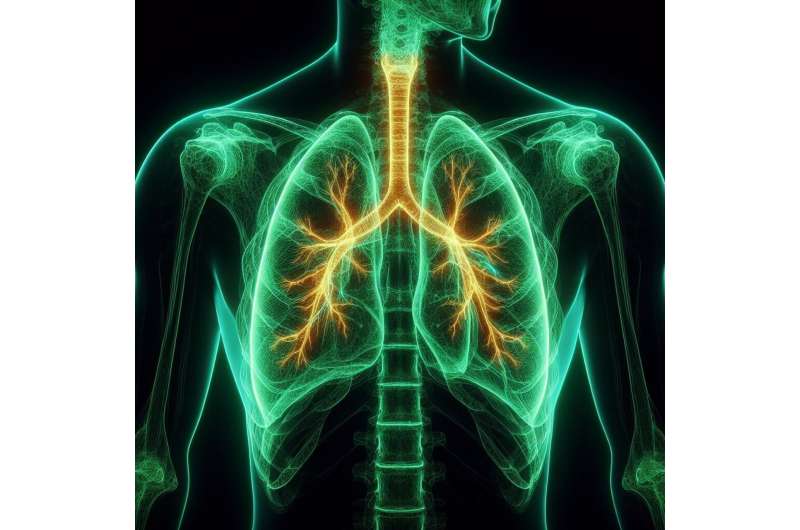“We found that even small increases in fibrosis over one year signal a higher risk of lung function decline and mortality,” said Matthew Koslow, MD, pulmonologist at National Jewish Health and lead co-author of the study. “For example, patients with a 5% or more increase in fibrosis score showed a greater than two-fold increased risk of death or lung transplant and steeper declines in lung function in the following year compared to patients with stable fibrosis scores. What is especially important is that these changes were strongest in patients with less severe disease at baseline —precisely the group where earlier intervention has the greatest potential to alter the course of disease.”
Fibrotic interstitial lung diseases, which include idiopathic pulmonary fibrosis, or IPF, are a group of chronic, progressive disorders marked by lung scarring that make breathing increasingly difficult. Current tools for predicting progression rely on symptoms, lung function tests and radiologist interpretation of high-resolution CT scans—each of which can be limited by subjectivity or variability, especially when evaluating changes over time.

